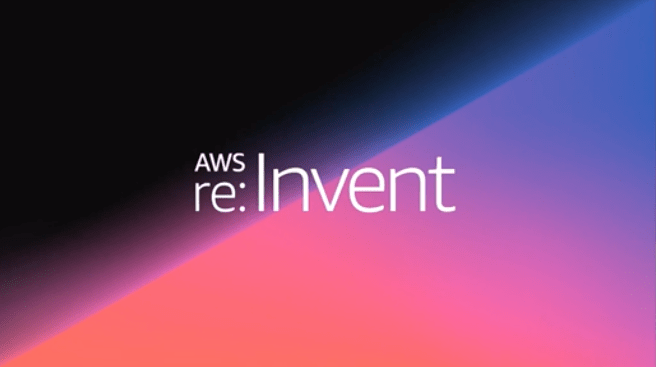Amazon Web Services’ annual conference for the global cloud computing community opened Monday in Las Vegas with four new announcements related to the internet of things (IoT).
The cloud computing giant said that the new capabilities will make it easier to collect, monitor, and process industrial IoT data; and hence, easier to build IoT applications.
Dirk Didascalou, Vice President IoT, AWS, said in a media statement that its customers had clued them in on the need to move away from the “heavy lifting of getting different devices and services to work together and more time innovating on full-featured IoT applications.”
The tools just announced envision to remove the cost and complexity of building IoT applications at the edge.
Collect, structure and search
The first of these tools is AWS IoT SiteWise, which makes it easy to collect, structure, and search data from industrial equipment at scale.
Now available in preview, AWS said this is a managed service that collects data from the plant floor, structures and labels the data, and generates real-time key performance indicators (KPIs).
This can be used to monitor operations across facilities, quickly compute common industrial performance metrics, build applications that analyze industrial equipment data, and reduce gaps in production, according to AWS.
AWS IoT SiteWise collects industrial data and provides tools to create representations of assets & processes in the cloud, helping you monitor & analyze industrial operations. #reInvent https://t.co/GR1JJp9APk pic.twitter.com/xoGAgxbqcR
— Amazon Web Services (@awscloud) November 27, 2018
Detect and respond to events
With hundreds or thousands of devices deployed everywhere, it is often hard to detect and respond to incidents involving IoT sensors and applications.
AWS IoT Events is a managed service that makes it easy to detect incidents such as malfunctioning equipment, a stuck conveyor belt, or temperature changes in freezers.
Now available in preview, the solution reveals patterns of data that identify changes in equipment at a massive scale by analyzing data across thousands of IoT sensors and hundreds of equipment management applications in real time.
AWS IoT Events makes it easy to detect & respond to events from different IoT sensors & applications. #reInvent https://t.co/eU4lkHDl4b pic.twitter.com/0zGRwl0PAZ
— Amazon Web Services (@awscloud) November 27, 2018
Build new IoT applications
By visually connecting devices and services and defining interactions, with little to no code, AWS hopes to give developers the ability to build new IoT applications.
An example would be linking humidity sensors to sprinklers to weather data services to create an agricultural application, through a visual drag-and-drop interface.
AWS said IoT Things Graph reduces the time required to make devices and services work together by providing a visual way to represent complex real-world systems and deploying IoT applications to the edge on devices running AWS IoT Greengrass.
AWS IoT Things Graph is now in preview! See how easy it is to build IoT applications by visually connecting devices & web services. #reInvent https://t.co/w1dIBb8RNv pic.twitter.com/Yakg0Ed1zp
— Amazon Web Services (@awscloud) November 27, 2018
Connect to third-party applications
In 2016, AWS unveiled AWS IoT Greengrass, a platform which extends AWS to edge devices so they can act locally on the data they generate.
Jon Turow, Principal Product Manager, AWS IoT Device Services, said at the launch at AWS re:Invent 2016 that the AWS cloud platform makes it easy to connect devices to the cloud and connect cloud applications back to devices and add value to the data.
"Greengrass is software that extends AWS onto devices --- pieces of AWS IoT and Lamda — so the device can act locally on the data they generate and still take advantage of the cloud,” he explained.
On Monday, AWS announced a new capability to connect third-party applications like ServiceNow for service management, on-premises software like Splunk for log analytics, and AWS services like Amazon Kinesis for data ingest via common cloud Application Programming Interfaces (APIs).
It said this feature can “easily add more features like location-based services, replenishment, industrial data processing, alarm and messaging, repair and maintenance, logistics, and more, without writing code.”
“For example, customers can use AWS IoT Greengrass to detect a problem with a connected washing machine, and then use the Greengrass Connector for ServiceNow to automatically trigger alarms and notifications to a service technician,” it said in a news release.
You can now use AWS IoT Greengrass Connectors to quickly connect to third-party applications, on-premises software & AWS services at the edge. #reInvent https://t.co/9iglca7UKq pic.twitter.com/ba82OzwV8s
— Amazon Web Services (@awscloud) November 27, 2018



